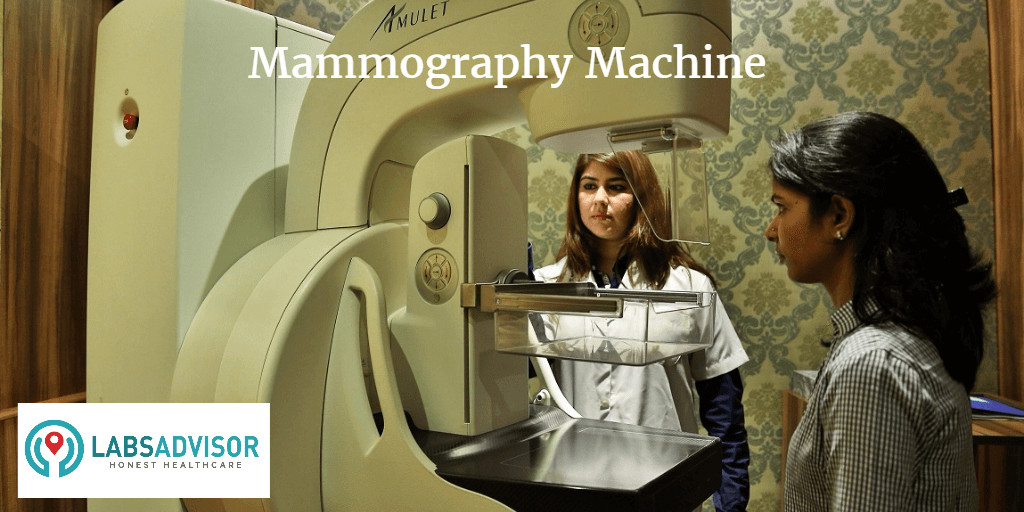Mammography or mammogram is an X-ray that produces the images of the breast tissue. Mammography is the most efficient screening method to detect cancer at an early stage. It is used for both screening and diagnostic purpose. For diagnostic mammography, more images may be taken.
Breast cancer is the leading cancer for women in Indian now. Over 1.3 lakh women are being diagnosed with breast cancer every year and over 40,000 succumb to the disease (data from 2014).
Mammography is a simple x-ray which can catch breast cancers at an early age. It is generally recommended after the age of 40 or 45 (depending on which guideline you go with), once every two years. Women with family history of breast cancer should undergo mammography even earlier based on recommendation from their doctor.

After undressing from the waist up and taking off any jewellery, you will be given a gown that ties in the front. Depending on the testing facility, you may either stand or sit during your mammography exam.
Each of your breasts will be placed on the flat X-ray plate. A compressor will then push the breast down, in order to flatten the tissue. This provides a clearer picture of the breast. You might have to hold your breath for each picture. You may feel a small amount of pain or discomfort, but it is usually brief.
During the process, your radiologist will be reviewing the images as they are made. He or she may order additional images that show different views if something is unclear or needs further attention. This happens quite frequently and shouldn't be a cause for upset or panic.
Although patient is exposed to small amount of radiation in the Mammography, dose is less and its benefit overweigh the dose of radiation.
Breast MRI is now increasingly being recommended in addition to mammography, as a breast cancer diagnostic tool. There are certain forms of cancer which mammography may miss but breast MRI will catch them. However, Breast MRI should be done in addition to Mammography and NOT instead of mammography.
For more information of mammography, you may view the following resources
http://www.healthline.com/health/mammography
For breast cancer symptoms you my visit

